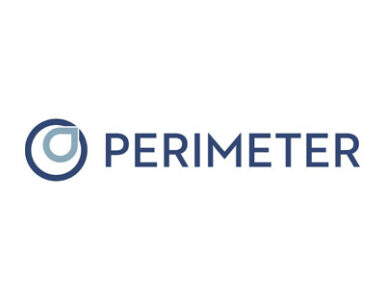
Closely-held CellAegis announced completion of patient enrollment in a large investigator sponsored trial to further assess the efficacy of remote ischemic conditioning (RIC) using its autoRIC device to deliver the RIC therapy.
The CONDI 2 trial is a single blind, parallel assignment clinical trial that enrolled 2,600 patients presenting with ST-segment-elevation myocardial infarction (STEMI) in ambulances in Denmark, Serbia and Spain.
The study is designed to show the benefit of RIC versus standard-of-care treatment in reducing cardiac death and hospitalization for heart failure in STEMI patients.
Data from the CONDI 2 trial is expected to augment existing positive evidence related to the therapeutic benefits of RIC in the treatment of cardiovascular disease and procedure-related kidney damage. CellAegis currently expects to report the top line results of the CONDI 2 trial in mid-2019.
Meta-analysis of multiple previous studies has shown that RIC significantly reduced infarct (dead tissue) size and heart failure/cardiac death events.
“The portability and ease of use of the autoRIC device fit seamlessly into the ambulance setting,” Dr. Hans Erik Bøtker, principal investigator for CONDI 2, said in a statement “The autoRIC’s fully automated features allows emergency response professionals to deliver a novel, non-invasive therapy while focusing on other patient care needs.”
Rocky Ganske, CEO of CellAegis, said the trial, with over 2,600 patients, is unprecedented in size for medical devices, and “if the outcome is positive, as the company anticipates, we believe autoRIC has the potential to change the standard of care for STEMI patients.”
The CONDI 2 trial, in combination with a large UK hospital STEMI trial and the company’s U.S. FDA registration trial is expected to “definitively demonstrate whether RIC can improve outcomes for patients with STEMI or undergoing elective PCI procedures while at the same time lowering patient treatment costs,” he added.






